Freaks (1932)
“We accept you, one of us! Gobble, gobble!”
|
Synopsis: |
Genres, Themes, Actors, and Directors:
Response to Peary’s Review: … while simultaneously relating a classic tale of marital betrayal and collective revenge. Anyone who’s ever been teased or suffered discrimination for being different is bound to feel an affinity for this cult film — which, according to J. Hoberman and Jonathan Rosenbaum in their Midnight Movies (1983/91), holds the distinction (along with Bunuel and Dali’s surrealist short “Un Chien Andalou”) of being “possibly the oldest of all midnight attractions.” The group of unusual performers Browning collected for his cast includes limbless men and women (Prince Randian, Martha Morris, Frances O’Connor, and Johnny Eck): “pinheads” (Elvira and Jenny Lee Snow): a hermaphrodite (Josephine Joseph): conjoined twins (Daisy and Violet Hilton): a “human skeleton” (Peter Robinson): midgets (Harry and Daisy Earles): … and more. These characters are all genuinely disabled — not just made up to look that way — and thus it’s literally impossible not to stare at them. Yet as Peary notes, “viewers will feel not only fear, curiosity, and pity but also warmth, respect, and amazement” when watching Randian light his own cigarette: … or O’Connor blithely eating dinner with her feet: — and we “soon feel comfortable in their presence.” Although the lead female role (Cleopatra) in Freaks was originally slated for Myrna Loy (who refused in protest of the script), Russian stage actress Olga Baclanova was an inspired second choice to play the film’s vampy villainess. Her smarmy come-ons to Earles — as well as her blatant mockery of anyone smaller or weaker than herself — help turn Cleopatra into a completely unsympathetic character, someone it’s easy to hate. Actually, I suspect that part of the film’s appeal is its utter lack of big-name stars — rather than showcasing personalities, it thus relies solely on the power of its narrative, characters, and atmosphere to evoke a unique cultural world. While some may be offended by Browning’s blatant use of physically abnormal persons for cinematic interest, he treats them respectfully: this is their world — the only one to which they undeniably belong — and their deformities unite them together rather than setting them shamefully apart. What a vicarious treat to see these true underdogs of the world proving that collective will can trump bullying behavior any day. Redeeming Qualities and Moments:
Must See? Categories
(Listed in 1001 Movies You Must See Before You Die) Links: |
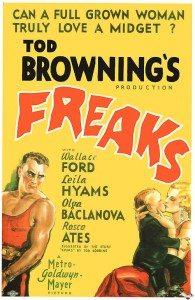
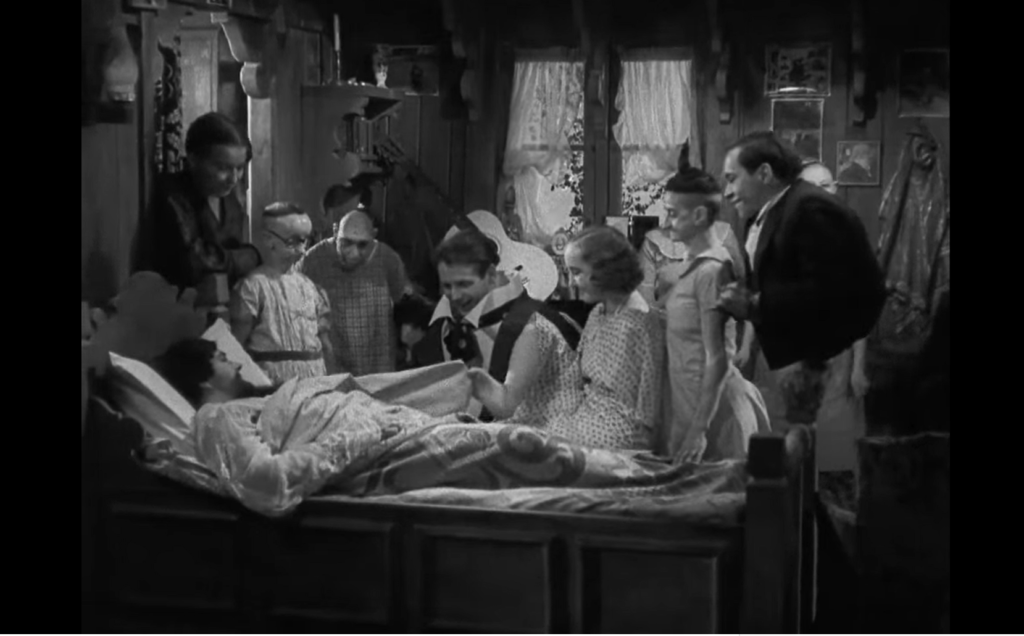
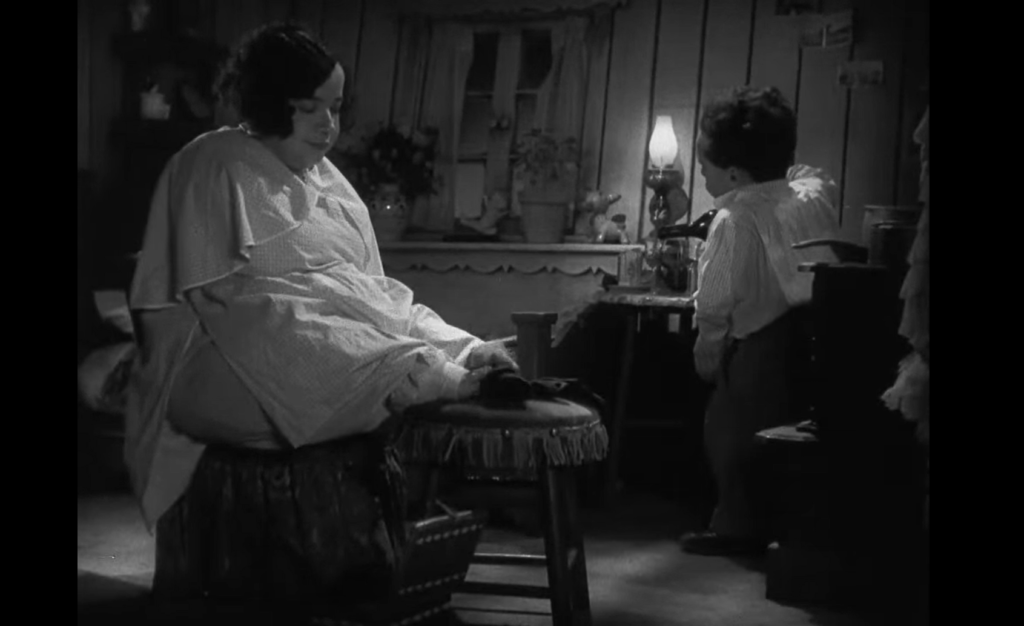
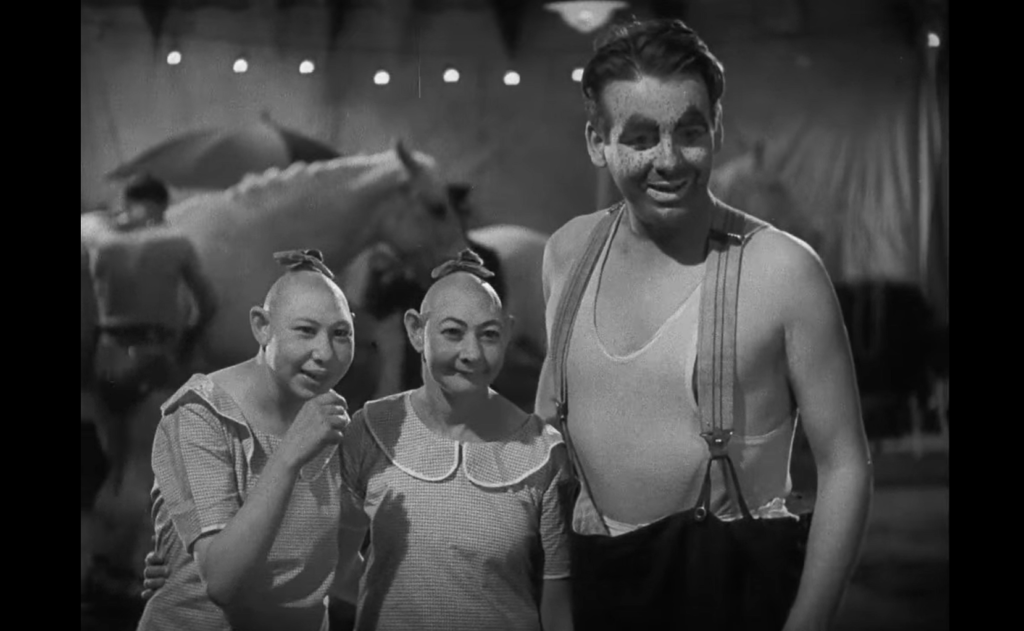
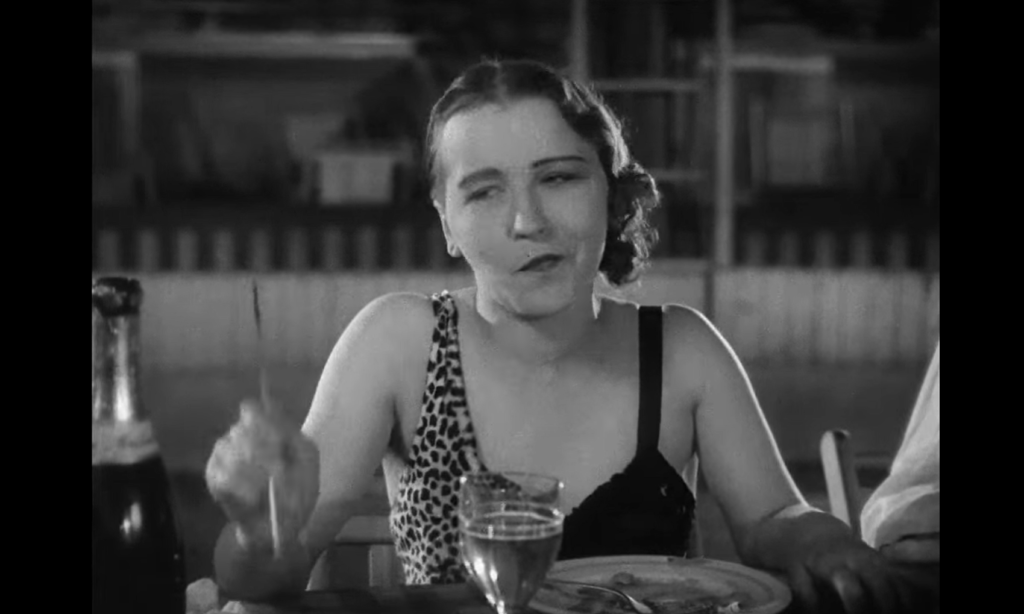




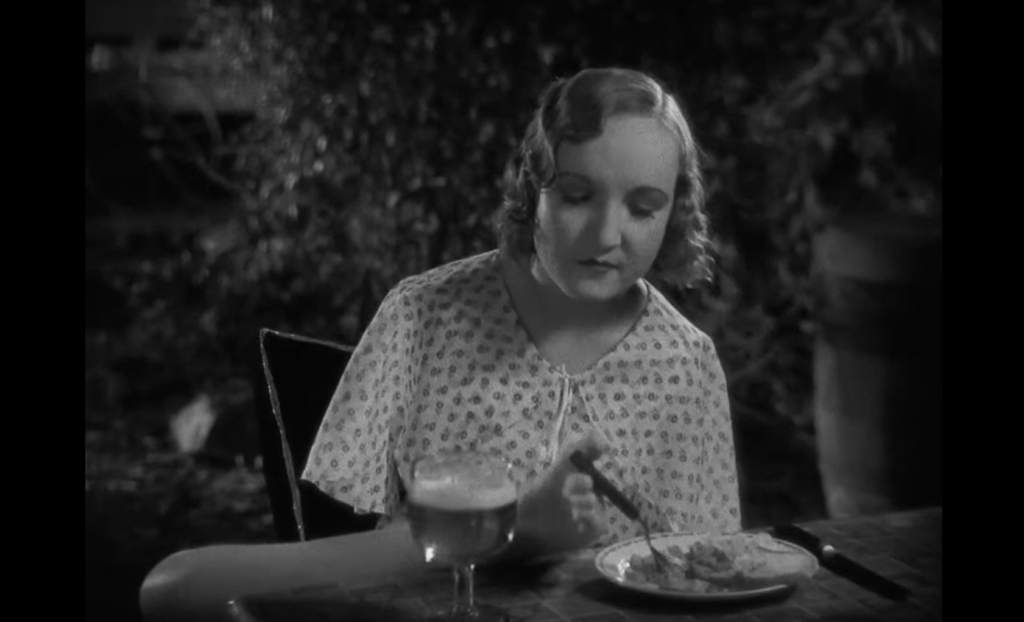


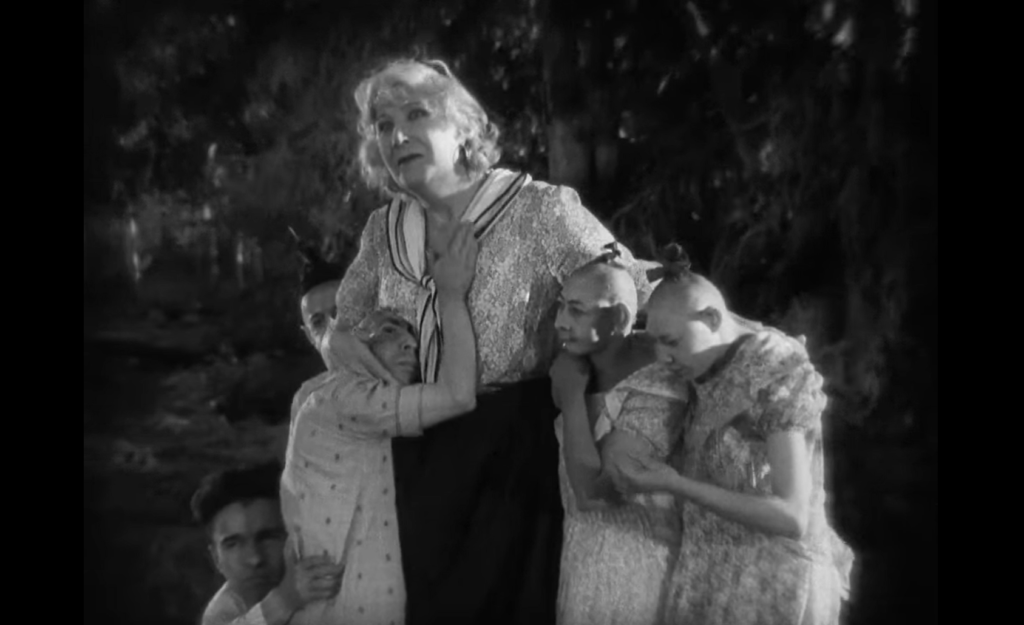
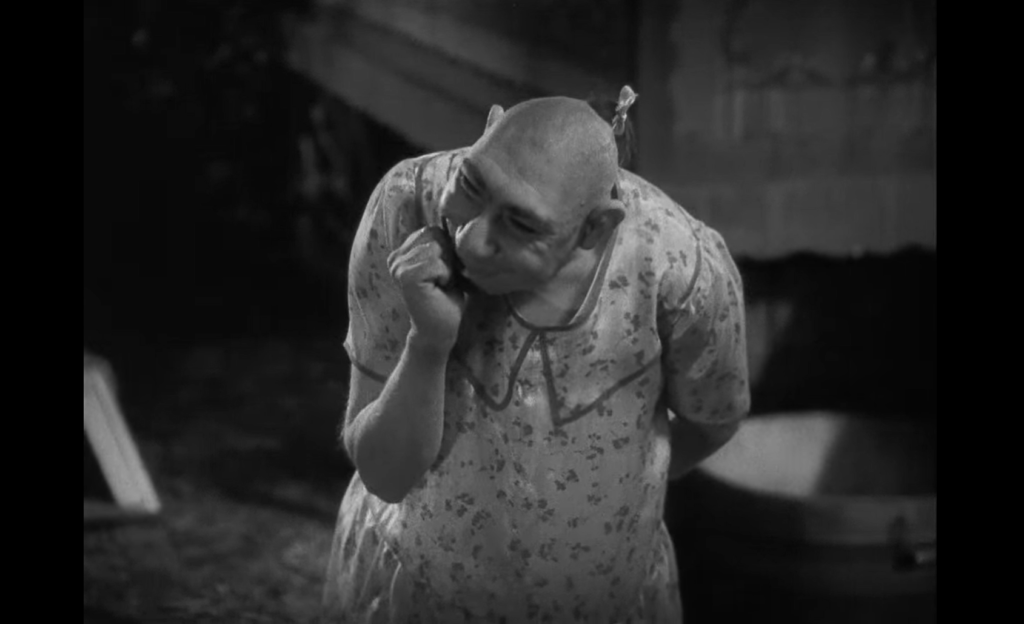
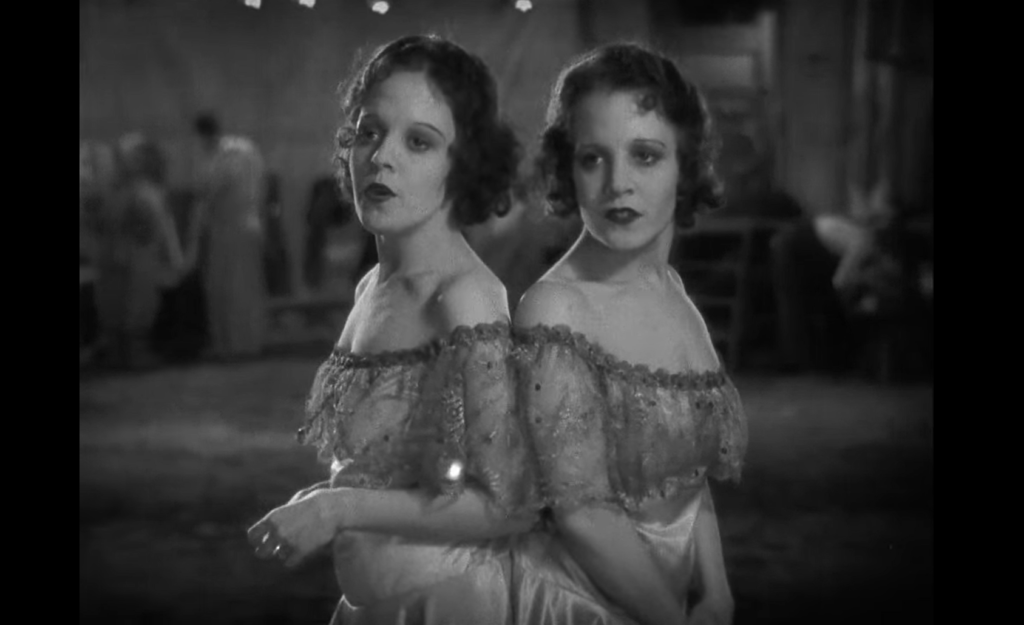
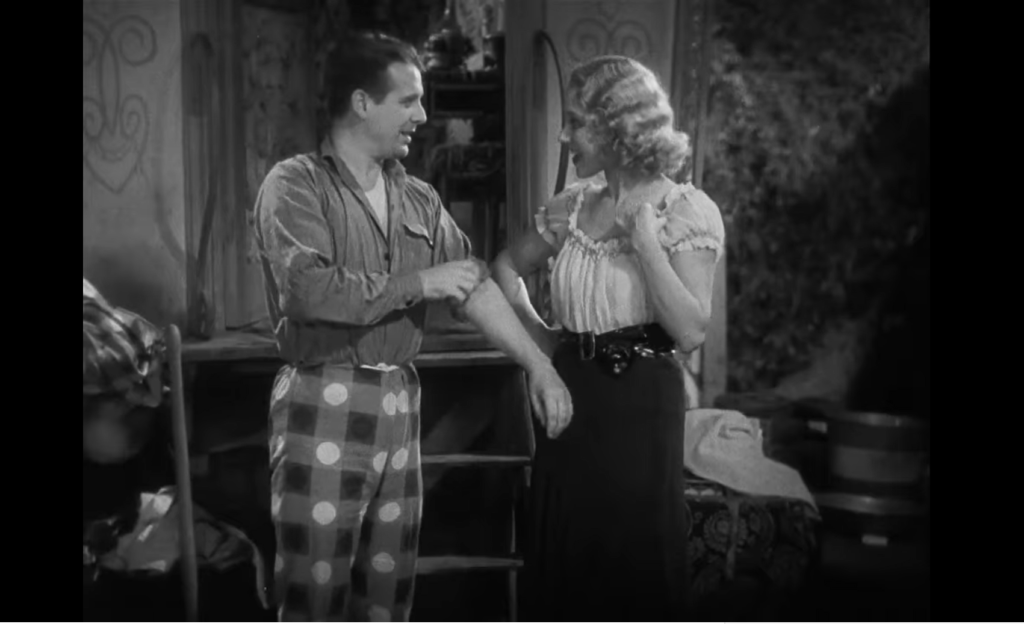
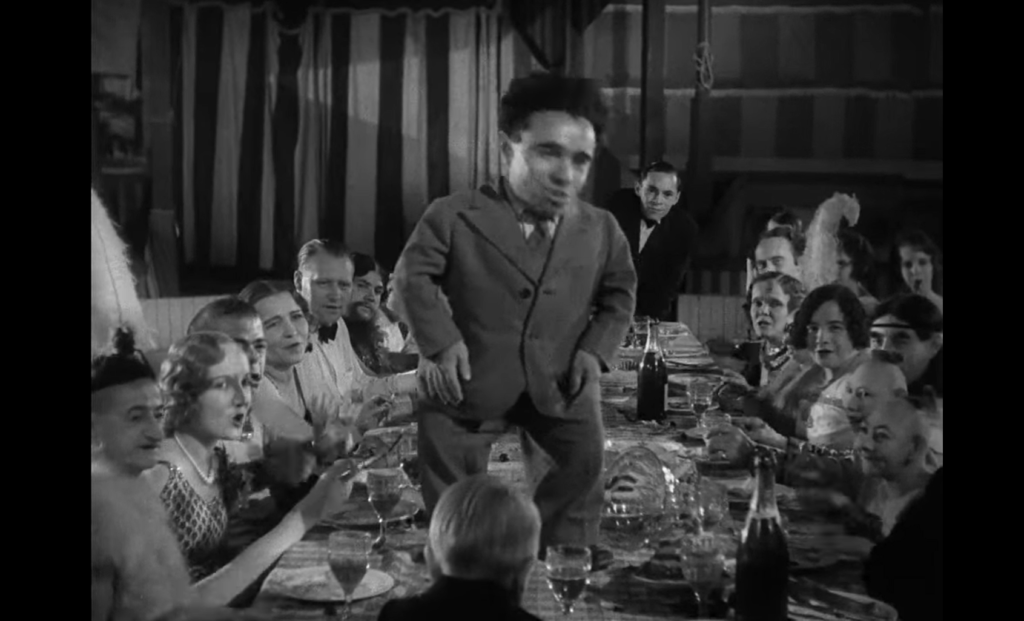


One thought on “Freaks (1932)”
Yes, a must. For me, (aside from the number of questionable entries) Peary’s invaluable book seems to be in three parts: 1) the many titles that film fanatics may have overlooked or not known about that Peary, thankfully, has brought to our attention; 2) the mainstream must-sees that no film lover really needs to read up on (i.e., something as iconic as ‘The Wizard of Oz’ is something you just see, period); 3) the widely-talked-of yet still peripheral must-sees that no film fanatic should miss. ‘Freaks’ falls into the last category. There’s little to really add about it (the coverage here is quite thorough) except perhaps that it’s particularly significant as the type Peary cites as of ‘historical’ importance. Consider how almost nothing quite like ‘Freaks’ came out of the 30s, and that apparently it sent some audiences at the time running up the aisles. Watching it today, it’s amazing how well it holds up and how, in a very odd way, it doesn’t seem dated (most likely because the world it explores remains so foreign to most viewers). The centerpiece of the wedding feast is, alone, reason to see the film. It’s quite shocking to see the carnival denizens (though they’ve good reason) turn so after they’ve been so overly welcoming. One wonders what the complete film would have been like (some scenes were cut after audiences had reactions of disgust, and that particularly makes the ending seem rushed). BTW: The story of the Hilton sisters was covered in the short-lived but nevertheless fascinating Bway musical, ‘Sideshow’.